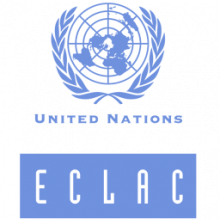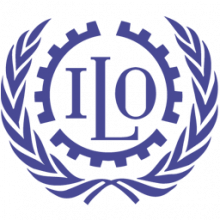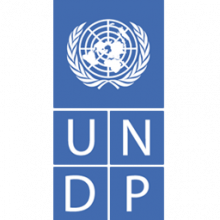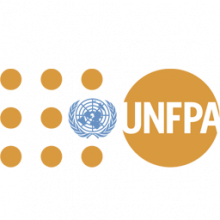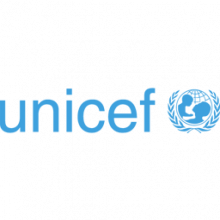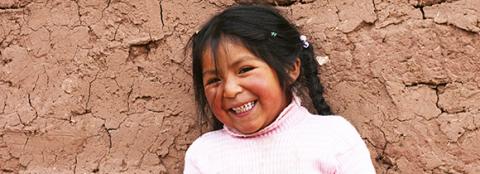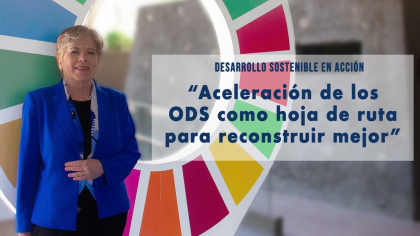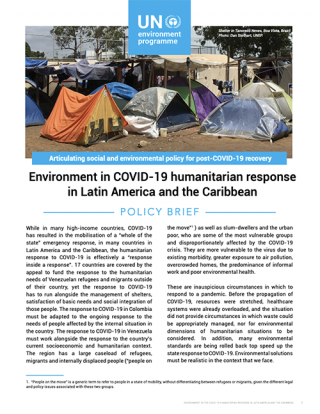
Description
Eradicating extreme poverty for all people everywhere by 2030 is a pivotal goal of the 2030 Agenda for Sustainable Development. Extreme poverty, defined as surviving on less than $2.15 per person per day at 2017 purchasing power parity, has witnessed remarkable declines over recent decades.
However, the emergence of COVID-19 marked a turning point, reversing these gains as the number of individuals living in extreme poverty increased for the first time in a generation by almost 90 million over previous predictions.
Even prior to the pandemic, the momentum of poverty reduction was slowing down. By the end of 2022, nowcasting suggested that 8.4 per cent of the world’s population, or as many as 670 million people, could still be living in extreme poverty. This setback effectively erased approximately three years of progress in poverty alleviation.
